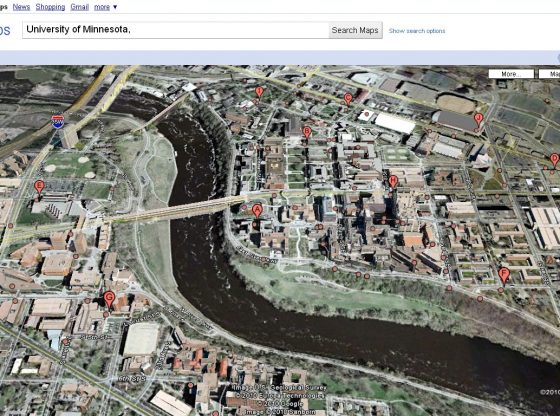Follow these steps to reduce harmful smoke from wood burning:
- Stop burning wood during air pollution health alerts. If you hear that an air pollution episode has been declared on your TV or radio, do not burn wood until the episode is over. Sign up for e-mail notification of air pollution health alerts on the MPCA Air Quality Index Web page.
- Burn less. If you do not depend on it for heat, often the most economical solution is to use the stove or fireplace only occasionally. Use electric or gas water heaters, not wood, to heat hot water in warmer months.
- Only burn clean, dry, seasoned, untreated wood, in your wood stove. Burning other materials causes hazardous air pollutants, and may damage your stove as well as your health.
- Maintain your appliance. Creosote can build up in flues and chimneys causing more smoke to enter your home. Excessive creosote can catch fire. It’s a good idea to have all combustion appliances cleaned and inspected once a year.
- Make sure all flues, chimneys, and exhaust vent pipes are properly connected, in good condition and remain unobstructed.
- Check to make sure that the chimney flue is open during operation.
- Make sure combustion appliances (fuel-burning) are installed and working in accordance with manufacturer’s instructions (or guidelines). Appliances need adequate air supply and venting to the outdoors.
- Burn cleaner. Convert to a cleaner burning wood appliance. At the current time, most wood stoves sold are required to meet EPA certification standards. As a consumer, it pays to check the listed emissions of stoves that you are considering to compare emissions at the EPA site: List of EPA-Certified Wood Stoves. Often the lowest-polluting stove is also the most efficient, meaning that they provide more heat per cord of wood.
- Consider non-wood options. Natural gas fired stoves and fireplaces are much cleaner than those that heat with wood. Fireplaces can be retrofitted to use natural gas instead of wood. Pellet and corn stoves also tend to be significantly cleaner than wood stoves. Pellets and corn should be purchased from a reputable source. Treated corn and pellets made from refuse can cause toxic emissions.
- Consider replacing your current Outdoor Wood Boiler (OWB) with a new, EPA-qualified Outdoor Wood-fired Hydronic Heater (OWHH). Learn more about EPA”s “white-tag” qualified Outdoor Wood-fired Hydronic Heaters Program at the Burn Wise Web site.
- Burn wise. Follow the tips on the EPA’s Burn Wise Web site.
g
If you or family members suffer from respiratory problems such as asthma or emphysema, or have heart disease, you should not burn wood at all. If you must burn wood, make sure your stove or fireplace doesn’t leak and that you operate it correctly.




